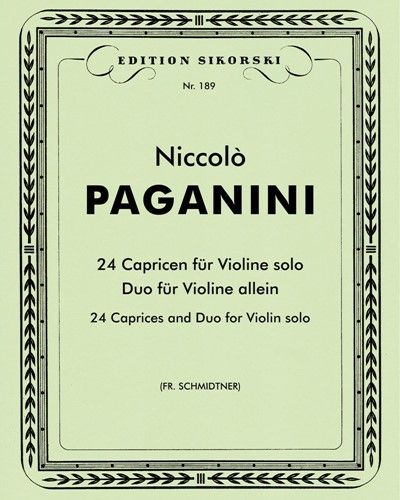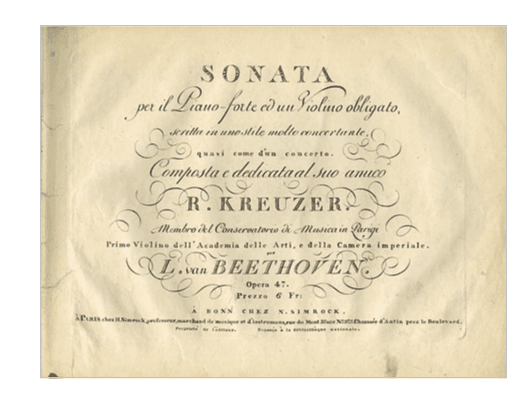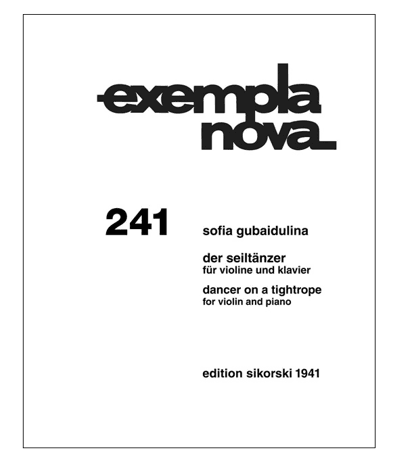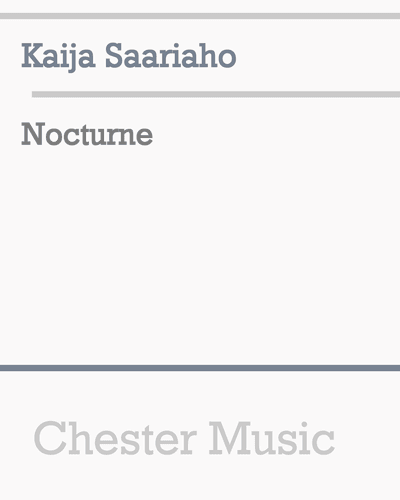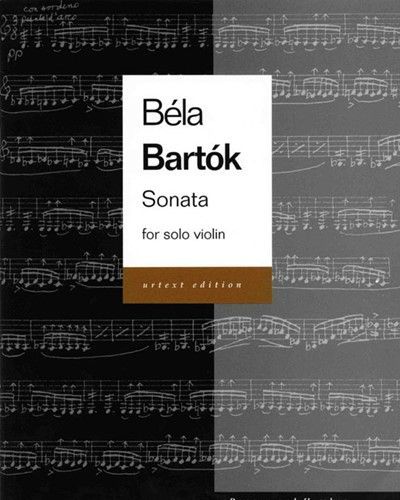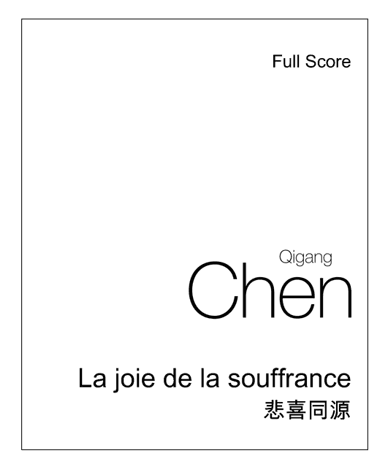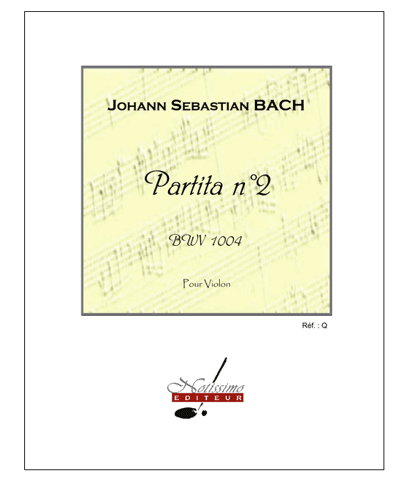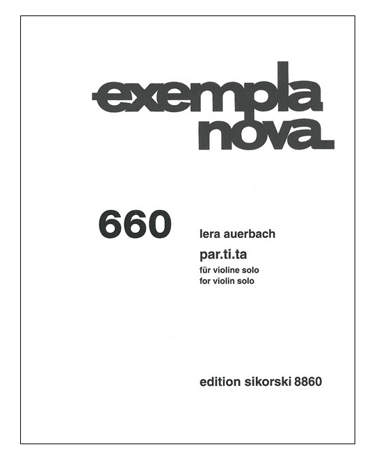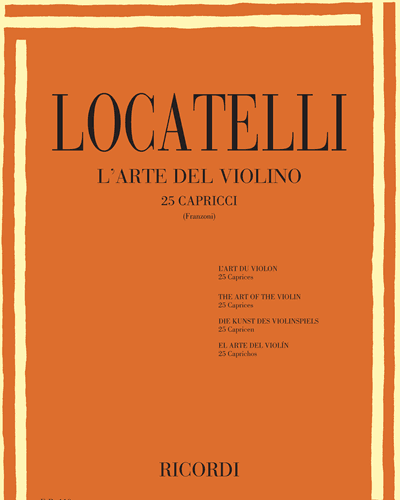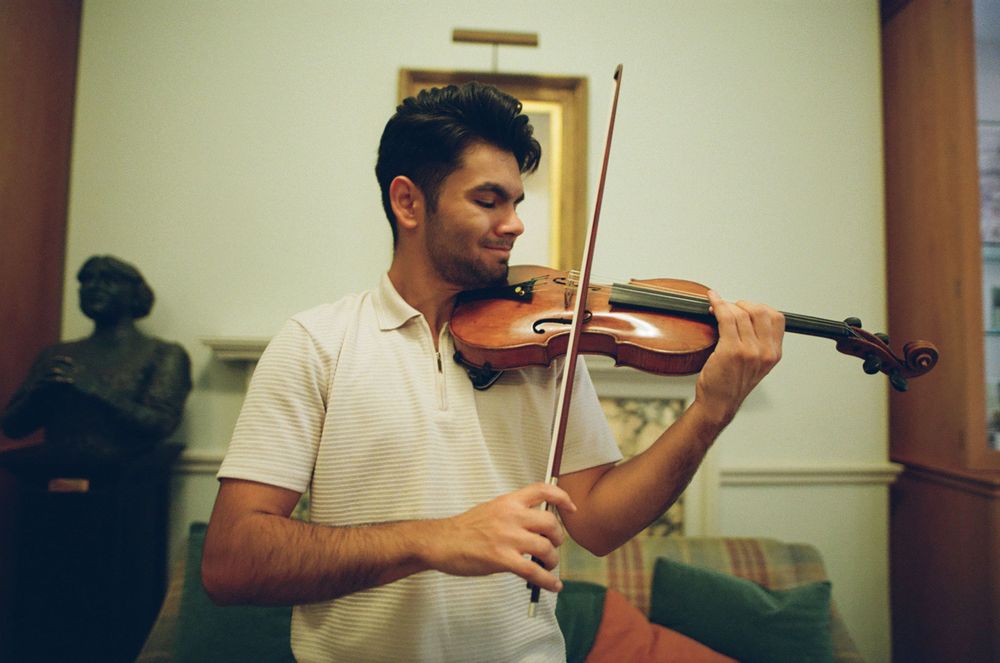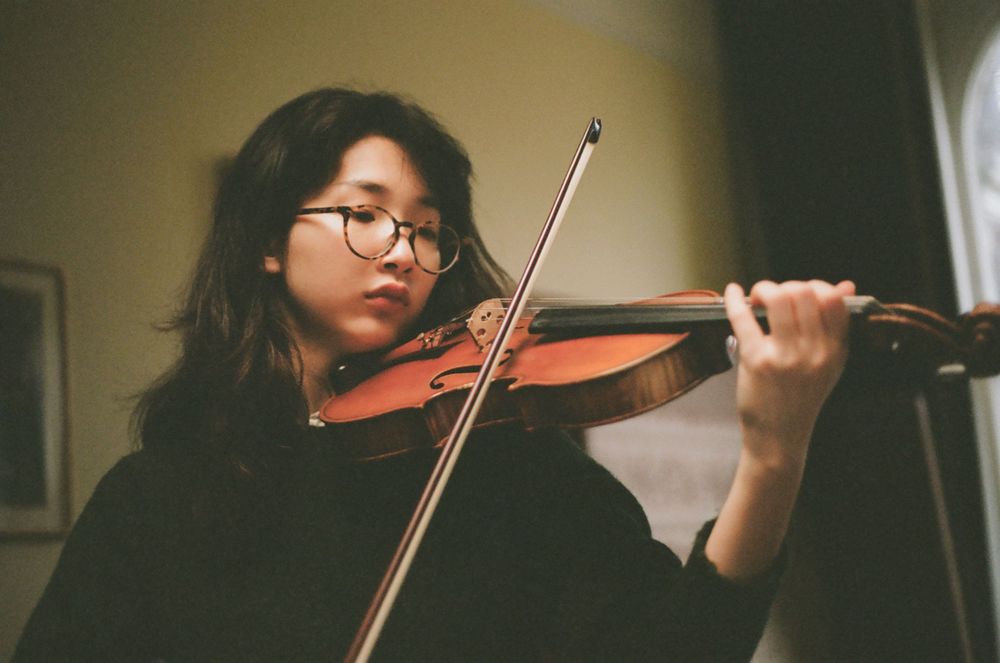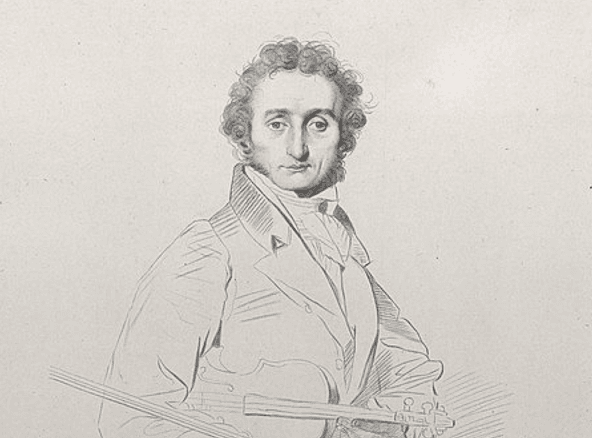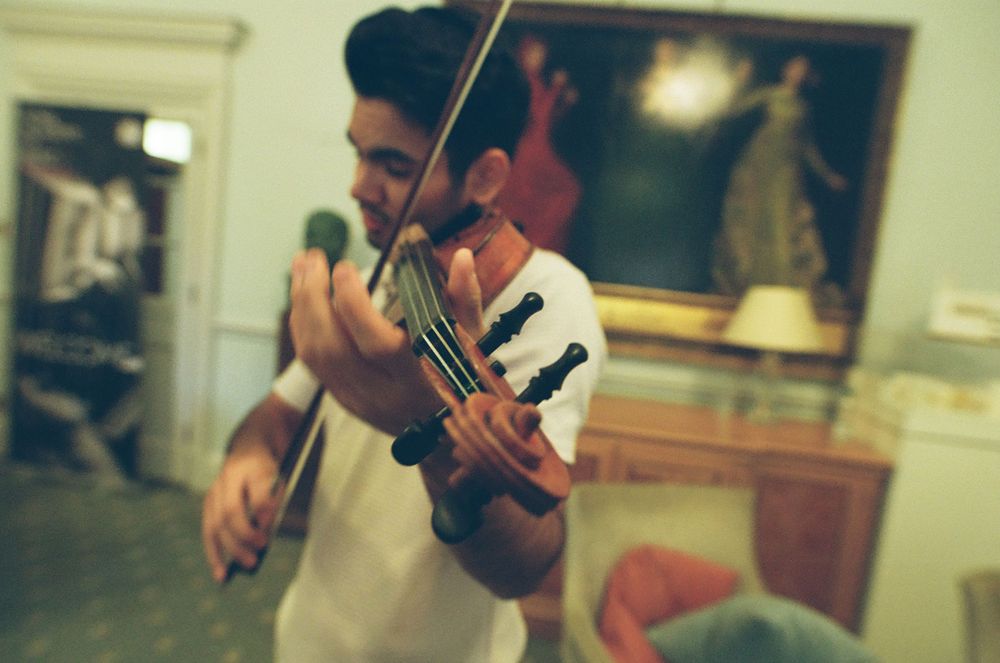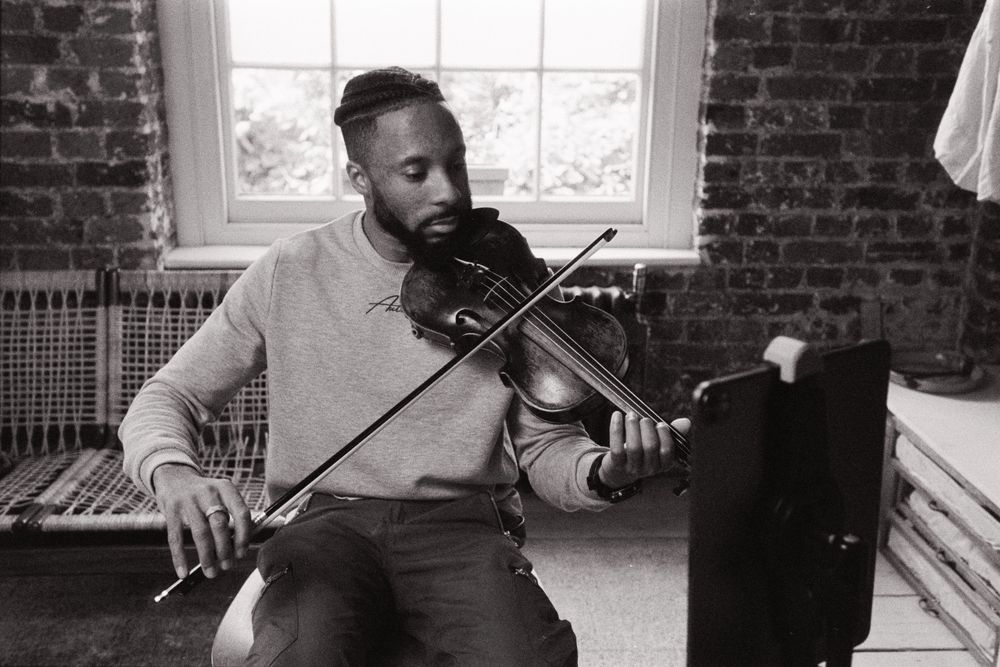From caprices to partitas, tightropes to labyrinths, you’re about to confront some of the most difficult pieces of violin music imaginable.
The violin is far from the easiest instrument to play. It can take a great deal of practice before a player even achieves a smooth, clean tone. And with that in mind, the journey a player has to take before being able to wrestle with these pieces really comes into perspective.
Perhaps you’re aiming to reach this level one day, or maybe you’re just curious as to how far violins and their players can be pushed. Whichever camp you’re in, you’ll find out just what makes this music so hard to play. But no matter how high composers set the bar, there’s always a violinist out there that will reach it.
Most difficult violin pieces of all time
- Caprice No. 24 by Niccolò Paganini
- Les caquets by Joseph Bologne
- Violin Sonata No. 9 by Ludwig van Beethoven
- Dancer on the Tightrope by Sofia Gubaidulina
- Nocturne by Kaija Saariaho
- Sonata for Solo Violin by Béla Bartók
- La joie de la souffrance by Qigang Chen
- Partita No. 2 by Johann Sebastian Bach
- par.ti.ta by Lera Auerbach
- Violin Concerto No. 12 by Pietro Locatelli
